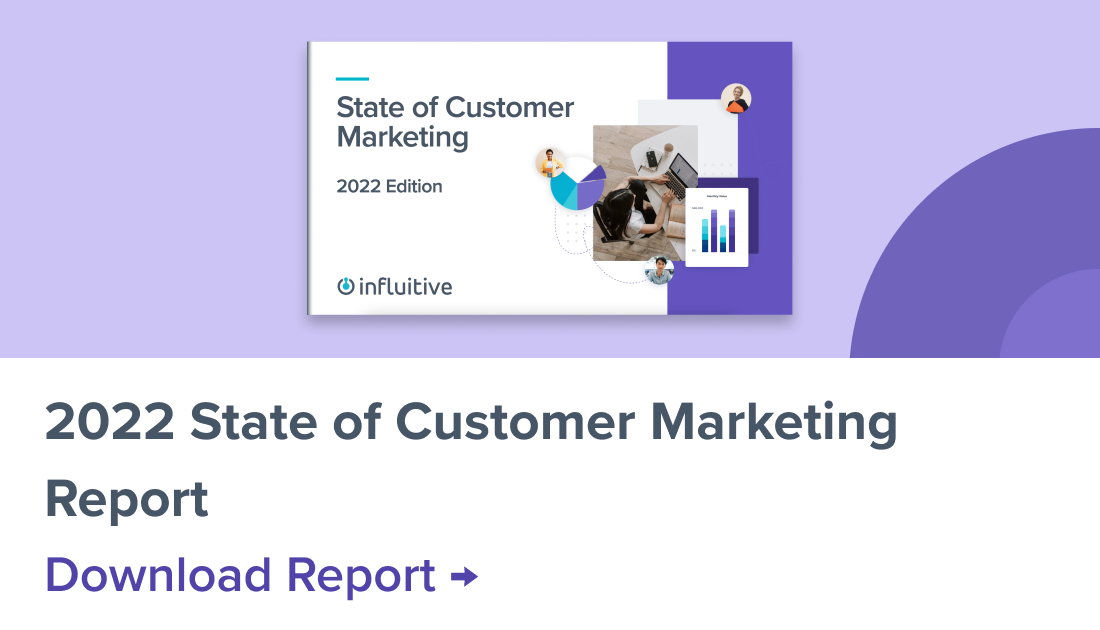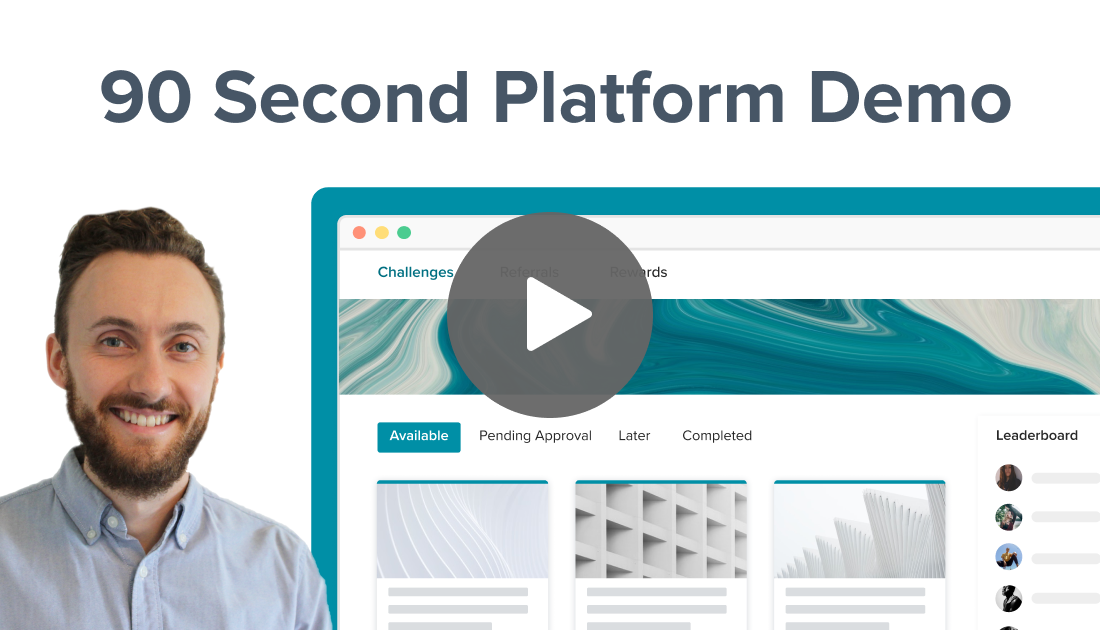Listen, if you’re an online community manager, or are responsible for the success of an online community, you might want to know this:
According to Gartner, 70 percent of online communities are destined to fail.
But wait. There’s more. Despite the billions of dollars being poured into online communities, almost 70 percent of customers never log in.
Some of the reasons communities fail are:
- Lack of strategic planning
- Outdated content
- Uninspired discussions
- Low engagement
- No pathways to build relationships with other members
- No social capital boosting personal or professional brands of members
However, the outlook for online communities isn’t all doom and gloom. The 2017 Community Value and Metrics report found that many online communities are still alive and well in 2017—and that rather than being used solely as support portals, they’re transitioning towards becoming advocate communities instead.
In fact, the second most popular driver of online community value was Acquisition and Advocacy. The report also found that for communities whose main value had shifted in the past year, advocacy was the most popular choice.
Why online communities should be advocacy-driven
What’s causing this massive shift? Well, customers don’t join your online community to talk about your brand (boring!) or complain about product bugs (that’s unfortunately what Twitter is for now).

Instead, they join because they want to interact with their peers, learn from each other and partner with your brand to improve your products—which is exactly what an advocate community is for.
If you provide a purpose-driven community, where customers can interact with your brand and each other, they’ll see more value—and, in return, so will you.
For example, if you give customers the chance to build their professional network, showcase their thought leadership, and get more value from your products (either by interacting with other customers or your employees) they won’t be able to stop coming back.
Meanwhile, you’ll gain:
- Access to tons of customer-generated content and ideas to use in your marketing campaigns or in your knowledge base.
- Feedback you can use to inform your product roadmap or community marketing campaigns.
- A place where prospects can validate your brand promises. They may also consider an active customer community a bonus reason to sign with you!
- An easy way to tap into customer love whenever you need testimonials, help promoting content or events on social media, or PR requests—the list is endless.
At this point, you’re probably thinking “This all sounds great. But how do I actually create an online community that doesn’t turn into a ghost town?”
5 guaranteed ways to create a thriving advocacy community online
Here are five methods we’ve used to increase engagement in our advocate community, Influitive VIP.
(P.S. If you want to see how our advocate community works, you should join. Note: you can’t get the full experience until you’re a customer 😉)
1. “Hello, my name is…”
People join communities in order to share ideas and advice with others who are facing similar issues, or who are interested in the same topics as they are.
So, it makes sense that community members need to fuel these discussions themselves by contributing their own content and connecting with other customers (rather than putting the weight solely on the community manager and support team’s shoulders).
It’s amazing to see how much engagement you can get simply by asking your community members to introduce themselves to their fellow advocates.
However, putting a face on your community is something that many marketers overlook.
Your customers want to learn about the people—not the corporation—they’re engaging with. We’ve found that community managers can get hundreds of replies, likes and comments simply by introducing themselves.
It can also be interesting for customers to get introduced to other people in your company.
One way to do this is to host an AMA (“Ask Me Anything”) through your community with someone your advocates would love the chance to chat with, such as a developer (to give them a sneak peek into how your product is made) or even one of your executives (so they know they’re getting the inside scoop on your company)
Exclusive access like this is one of the biggest draws of an advocate community.
Presenting sessions like this on a regular basis can be helpful to drive regular engagement in your community, and keep your advocates logging back in.
2. Don’t make it all about you
Posts about product news and tips generate loads of engagement. You have to be careful, though—advocates can sense self-promotional content coming from a mile away.
So, instead of trying to sell in your community, help your advocates and existing customers get more value from them. You could ask a member of your Customer Success or Support team to share a quick video that sheds some light on a little-known feature that customers have been asking about.
Or, better yet, you could ask your advocates to share their best tip on how to use your product. Rapid7 asked their customers to share their expertise in their ‘Feature Friday’ video series (which was usually done by a Rapid7 employee). Advocates loved being in the spotlight in front of other members of VoiceUp, their online community.
Later, these advocate-created videos were leveraged by the sales and marketing teams to show prospects just how their most engaged customers were using their product.
(Learn more about Rapid7’s successful community in this eBook.)
You can also ask what features advocates want to see in a future release (your product team will thank you!), or ask for feedback on your existing products to help them get the most value from it. This prevents new product announcements from being too self-serving.
It’s also important to highlight and recognize member contributions. This can be done through badges or points for activities completed, or featuring them in a community member spotlight (like the ‘Feature Friday’ idea we shared above).
3. Turn your online community into a one-stop shop
You can also use your community to figure out what your customers need help with or are curious to learn more about.
For example, Namely’s advocate community, Backstage Pass, serves as a resource for HR experts to satisfy their curiosity on a variety of things—not just their product.
“We noticed that, unlike other departments, HR professionals did not have a broader community to learn from and lean on. Instead, they came to Namely Support Consultants with questions spanning from ‘Where do I buy the right kind of envelopes to mail W2s?’ to ‘What process should I use to tie compensation to performance?’ We knew that creating a client community could help us with retention,” says Amy Rosenberg, Community Marketing Manager at Namely. (Read more about Namely’s successful online community here.)
Encourage your community members to ask questions about your product or industry. If you can answer them promptly, they’ll be appreciative—and know that you care about them as a human, rather than a product-using robot.

They’ll also be more likely to use your community as a go-to resource for information—meaning that, you guessed it, they’ll keep logging in.
You can also ask them for questions to use in your other marketing initiatives. For instance, you can tell your advocates that you’re interviewing an industry expert in an upcoming webinar. Then, you can invite them to submit questions through your community.
The bonus? Your advocates will be more likely to attend the webinar if they know the expert will answer their questions.
And that’s not all. There are a ton of ways you can make your community the hub for all the things your customers need or want from your brand.
For example, you can partner with other departments for upcoming news or product releases. Advocates will feel special that they get to know about first, and your teammates will be relieved that their announcements are finally getting read.
4. Everyone’s entitled to my opinion
Your advocate community will welcome the opportunity to share their opinions.
Asking for product feedback is great, but you should also be asking their opinions on a variety of topics.
Here are some questions that brought loads of responses in our community:
- What apps do you use every day?
- What is the best blog post that you’ve read on X topic?
- Where do you hold your annual conference?
- What is the biggest marketing challenge you face in your industry this year?
Once you’ve learned more about your advocates, you can start tailoring the content you’re sharing to their needs and interests to make it as valuable for them as possible. You can also build an advocate persona to make your community strategy even more intentional.
5. Meet them where they are
According to the 2017 Community Value and Metrics report, 66% of respondents define their community as a place where members develop relationships either offline or online.
This is because one of the top reasons customers join advocate communities is to meet and learn from their peers—meaning that they might even take their networking offline and have a local meet-up.
While you can organize a meet-up, we’ve found that advocates often plan their own events. For example, they may meet for drinks when they attend the same conference or networking event.
Support their early initiatives by sending them goodies like branded notepads, stickers and pens. (Just don’t plan a hostile takeover of their events.)
If you reward advocates organizing local events, you’ll soon see your offline community flourish on its own. (Here’s a few ideas on how to reward them so they feel valued.)
Advocates and communities are like PB&J—better together
Think of your online community as a one-stop shop where your customers can learn, interact with each other and grow as advocates.
When they’re properly motivated, your top advocates can also help your online community run smoothly by shouldering some of the day-to-day tasks typically handled by community managers, such as moderating forums, responding to blog comments, or making peer connections.
They’ll also be glad to promote your content, refer their peers and much more if you ask them to within your community. Just make sure you recognize your hardest working advocate community members so they continue to stay engaged.
More resources to keep your B2B online community fresh and fun:
This blog was first published on April 2nd, 2015, and was updated on June 9th, 2017.












































